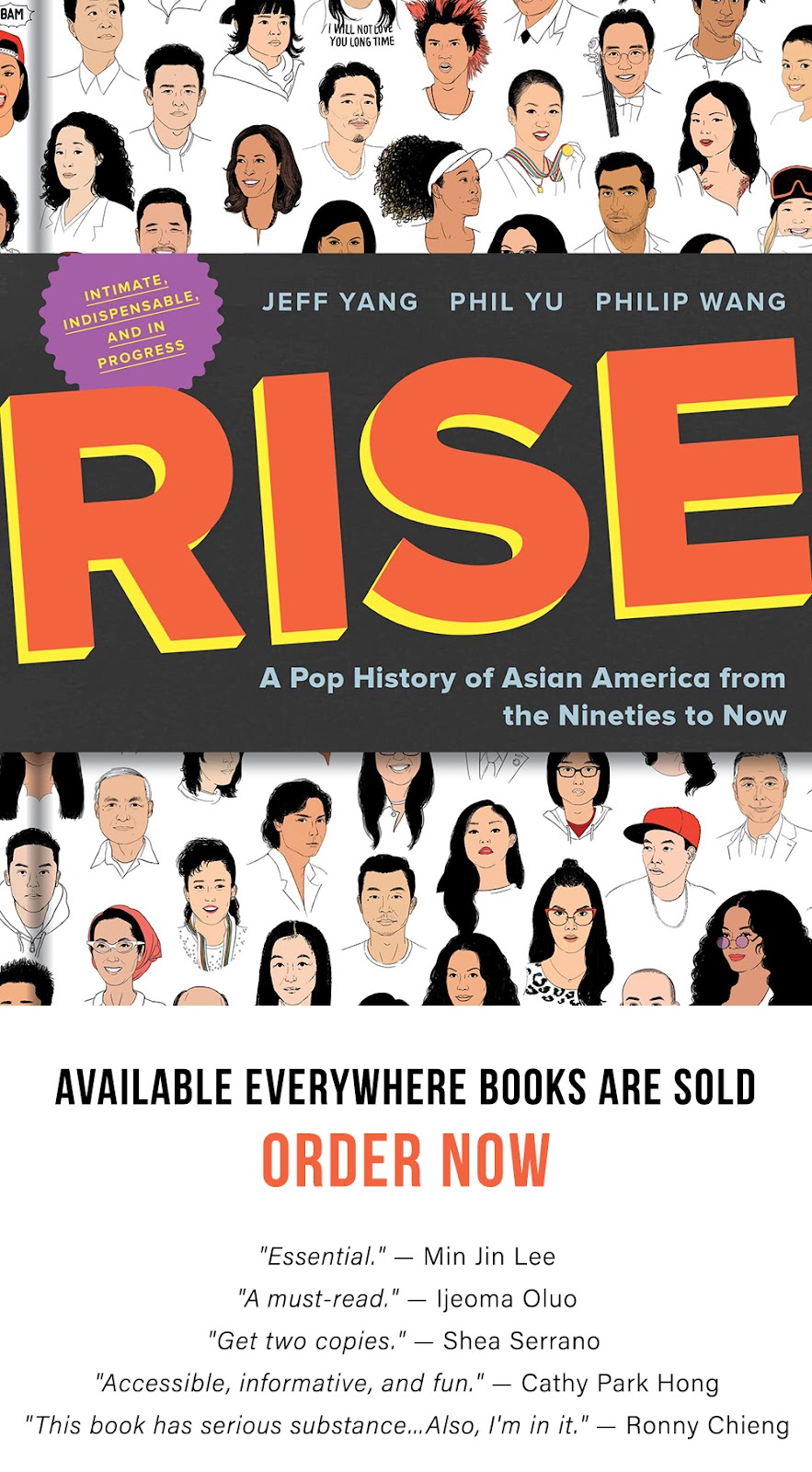The wildly popular American Girl doll brand has announced that it is discontinuing several of its historical characters, prompting swift backlash about the line's lack of racially diverse dolls. The discontinued dolls include Cécile, an African American doll, and Ivy, the line's only Asian American character.
American Girl Discontinues Two Dolls of Color
Ivy and Cécile are two of only four American Girl dolls of color, from amongst the line's eleven "historical character" dolls. Ivy was originally introduced as a sidekick to Julie, a blond-haired doll from the 1970s. Yes, an Asian sidekick, but as many fans have pointed out, it was better than Asian nobody. Now, it's Asian nobody.
In this Open Letter to American Girl, BlogHer's Lisa Owen -- mother to two huge fans of the American Girl line -- expresses her disappointment over the discontinuation of dolls like Cécile and Ivy, and voices discomfort with American Girl's continued limited vision about who actually represents the American girl.
The truth is, I’ve been keeping an eye on you for some time now. While I consider your brand to be overall wholesome and good for the girls, I have also noted that your offerings are not really reflective of the changing ethnic makeup of the country, particularly when it comes to the Girl of the Year. Each year, beginning around November, my girls and their friends start to get really excited with anticipation of the release of the new doll and, inevitably, that doll is white (and oddly, overwhelmingly blonde and blue eyed). Since the introduction of the first American Girl of the Year in 2001, only three have been girls of color: Knani, who is Hawaiian, Marisol, who is Latina, and Jess, who is actually mixed race (Japanese, Scottish, and Irish).
This has become increasingly frustrating and somewhat puzzling since the face of America is changing. Currently, racial and ethnic minorities make up about half of children under the age of 5-years-old. In five years they will represent more than half of the demographic of those 18-years-old and under. Yet, the American Girl brand clings very closely to one narrative of who represents an American girl.
As with any business, I am sure that your sales and marketing team determine what dolls, and their accessories, will sell best and who to target with their marketing strategies. However, consider this: More and more brown girls are being parented by white parents—parents who want to honor them and embrace their ethnicity. Additionally, all the brown girls that I know—including, but not limited to, African American, Indonesian, Sri Lankan, Korean, Vietnamese, Somalian, Ethiopian, Indian, Brazilian, Guatemalan, Mexican, Trinidadian (and the list can go on)—have American Girl dolls. Some of these girls are first generation, but they are all, each of them, American girls.
I do not fully understand the allure of the American Girl phenomenon -- I'll admit, I had to do a little more research than usual to write this post. My wallet and I are obviously not American Girl's intended audience.
However, I do understand what it means to see your identity and experiences reflected in popular culture, and that definitely includes a megabrand like American Girl. I hope the discontinuation of these characters makes way for the introduction of more diverse dolls in the future.
More here: An Open Letter to American Girl: Why Are You Retiring Girls of Color?
More here: American Girl Rebuts Critics After Dropping Minority Dolls
